How to Plant, Grow and Care for Daffodils
It’s spring, plain and simple. The first large flower to bloom in the landscape (let’s ignore the snow drops and the squill), the daffodils, blooming in broad sweeps across hillsides, proclaims that spring is finally here. As such it symbolizes rebirth and new beginnings.
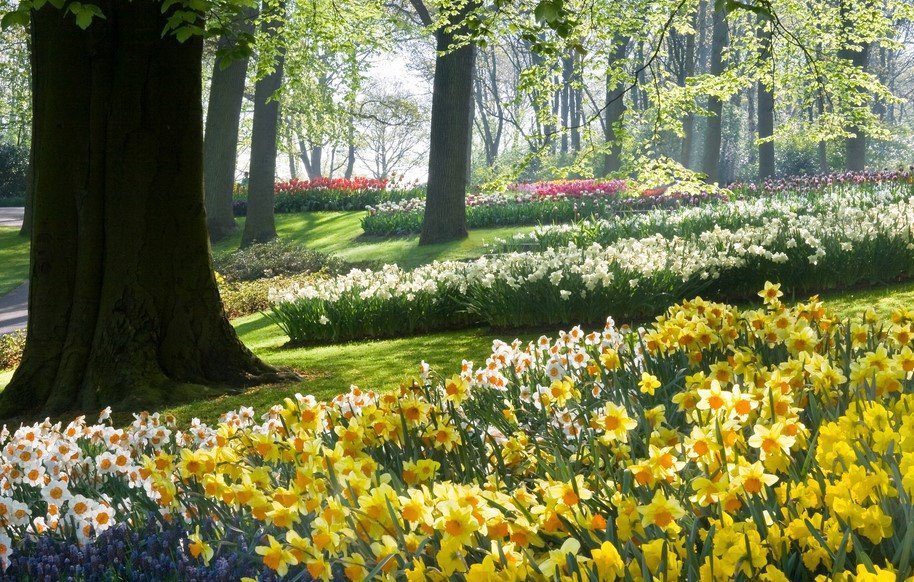
The Latin name for daffodil is narcissus, named after the son of the river god. Narcissus (the root of the word “narcissism”) was known for his beauty, and for his admiration of himself. It is said he spent a great deal of time bent over the edge of pools, admiring his own reflection. He so fell in love with his own reflection that he drown, and so became the beautiful yellow and white flowers that grew nearby, nodding their heads toward the water.
Daffodils are the perfect addition to any garden, but how do you best plant, grow and care for these vibrant beauties? They are also the flower for March.
The following guide provides everything you need to know about daffodils, from planting tips and how to cultivate them within your own garden to how to pick them and arrange them within a vase.
Read on, enjoy and get gardening!
The When, Where and Life Cycle of Daffodils
Follow these key tips to ensure the longest life of your daffodil flowers.
When to plant them: fall
When they bloom: In spring, but a careful selection will spread out the period from March to late April. Miniature daffodils, a personal favorite, bloom even earlier.
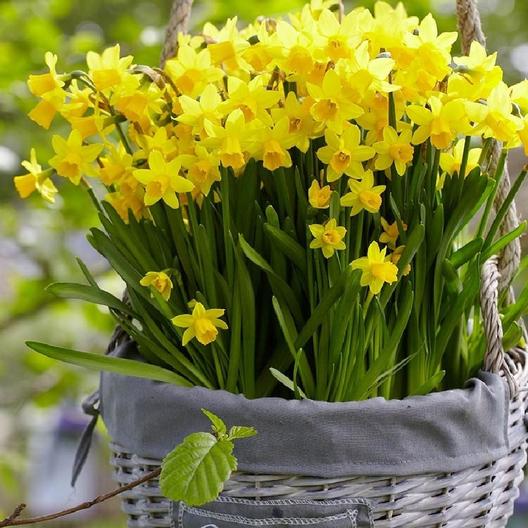
Where to plant them: Sun or part shade; check specific species; most daffodils are happiest where they will not be too wet; Zones 3 to 9.
Special information: You may hear about things like basal rot, bulb fly, nematodes, scorch, smoulder, snails, deer (!) and virus. Take it from us, daffodils are the least fussy plants in your entire plant arsenal. In general, deer and squirrels hate them. Very few pests attack them. Once daffodils are planted, you can pretty much forget them. They will naturalize, multiply and occupy that part of the lawn, forest, garden, pathway, understory, allee, yard, field, hillside, graveyard, garden, pathway, patch around the flagpole, town square … just about wherever you planted them as well as country meadows and streamsides and coves in Wales and … you get the idea.
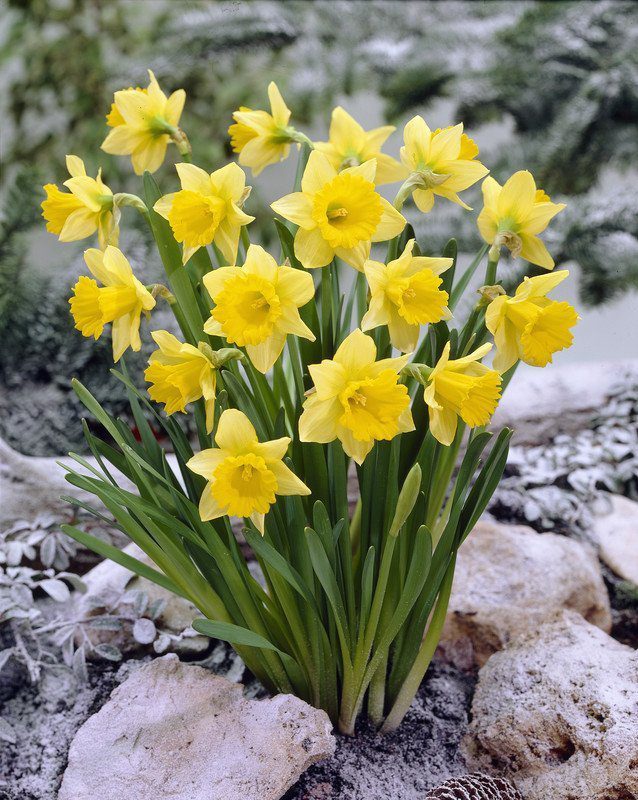
Some Important Daffodil Planting Tips
Combine early and mid-season bloomers. The tiny tete-a-tete, a miniature daffodil, will give you an early thrill. On the full blown side, try early bloomers like Narcissus Rijnveld’s Early Sensation and February Gold, then plant mid-season all-white daffodil like the old-fashioned “poet’s daffodil” or pheasant’s eye (Poeticus Narcissus) and a late bloomer like the old-fashioned “narcissus geranium,” the Tazetta daffodil, with its white petals and cheerful yellow cup. Bonus: it has a haunting scent.
This is the most important thing. You know how to plant daffodils: dig a hole, about twice as deep as the bulb is high, toss them in and cover them up.
That’s not the hard part. The important thing is the way you plant them. Not in a line, like a row of peas.
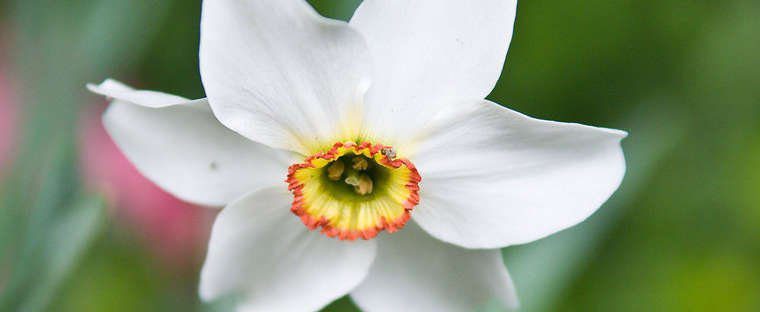
Daffodils should look natural. They deserve to be planted in loose clumps, never in mathematical groups of three and five. They should look like natural sweeps of flowers, curved beds.
True they will eventually multiply and become islands of daffodils. Still, from the start, daffodils should be planted with a generous hand.
Because you are going to have to leave the daffodils’ leaves on after the flowers have finished blooming, put them somewhere other than in the middle of the lawn. (You don’t want to mow the leaves off, or there won’t be any daffodils next year; that foliage needs to feed next year’s bulb.)
So best to plant them in a natural-looking composition on the edge of the property line. Make them a transition to the woods.
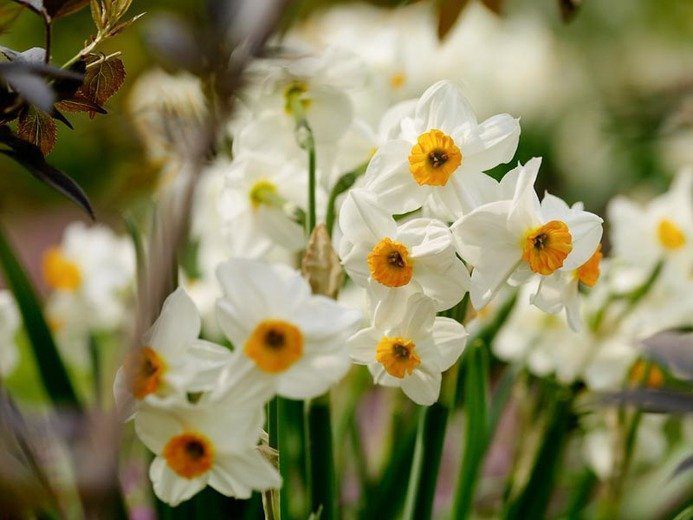
How To Pick and Arrange Daffodils
You may, of course, pick daffodils and bring some of that early spring sunshine into the house.
Some daffodils have a wonderful scent.
Don’t mix them, however, with any other flowers. Just make a bright and beautiful bouquet of daffodils alone.
If you want to mix daffodils with other spring flowers, put the daffodils in lukewarm water for 24 hours first, so the latex can drain out. Then add them to the other bouquet, without cutting their stems again, which will just start their latex flowing again.
